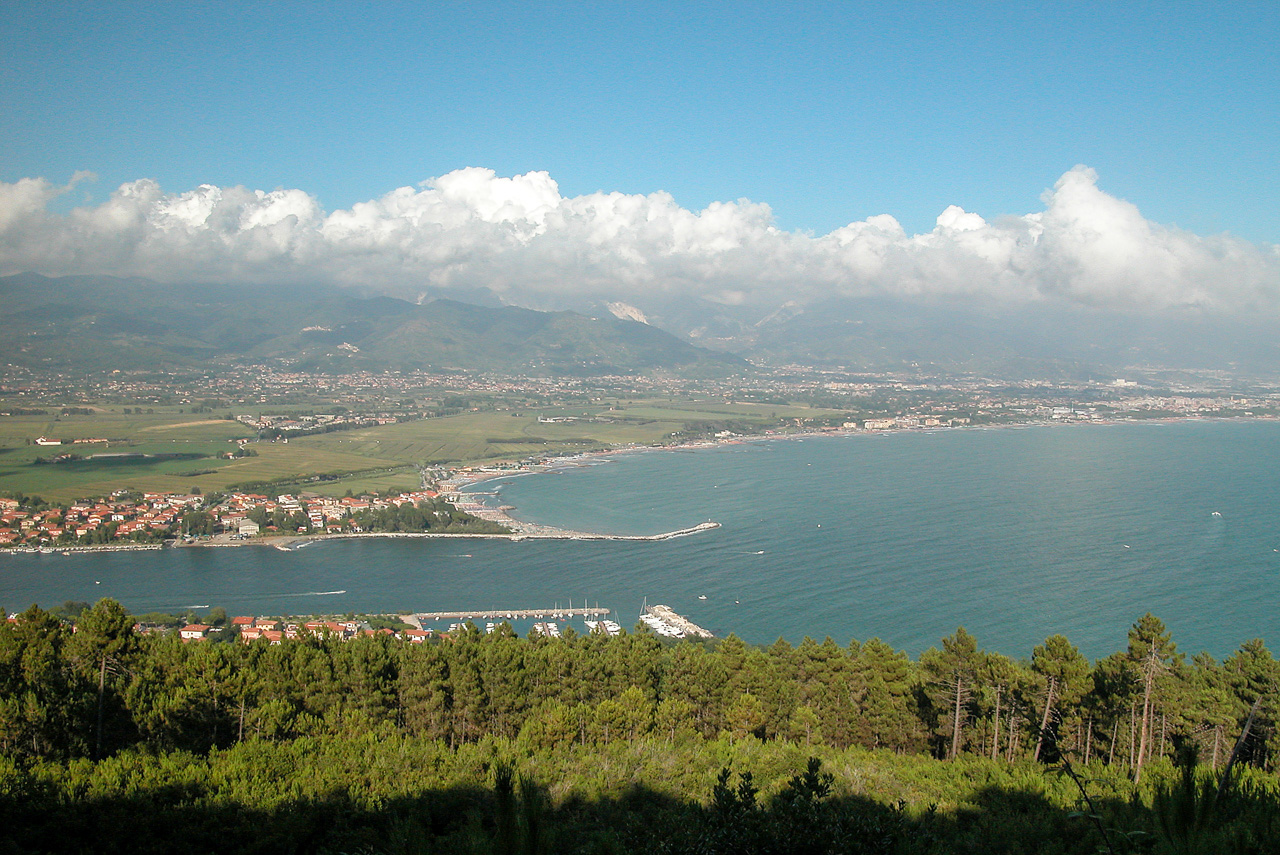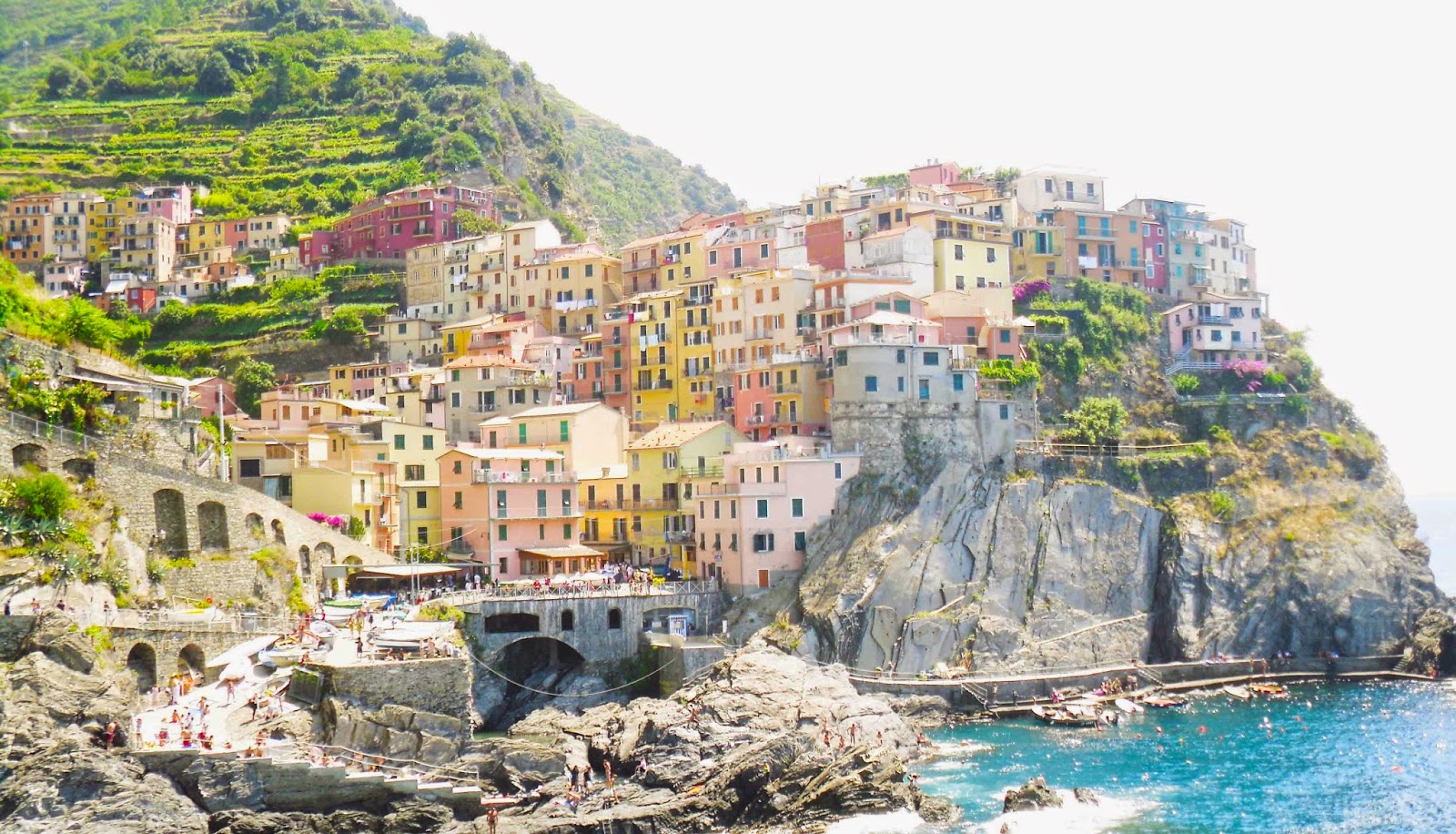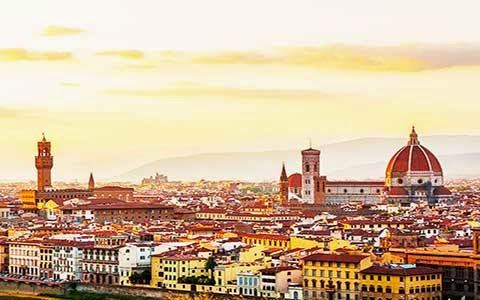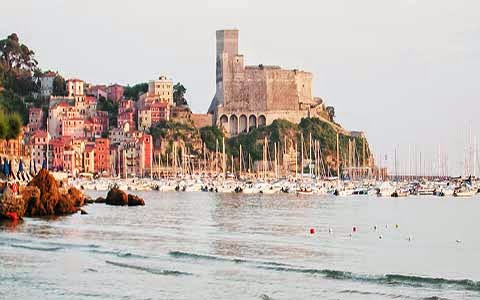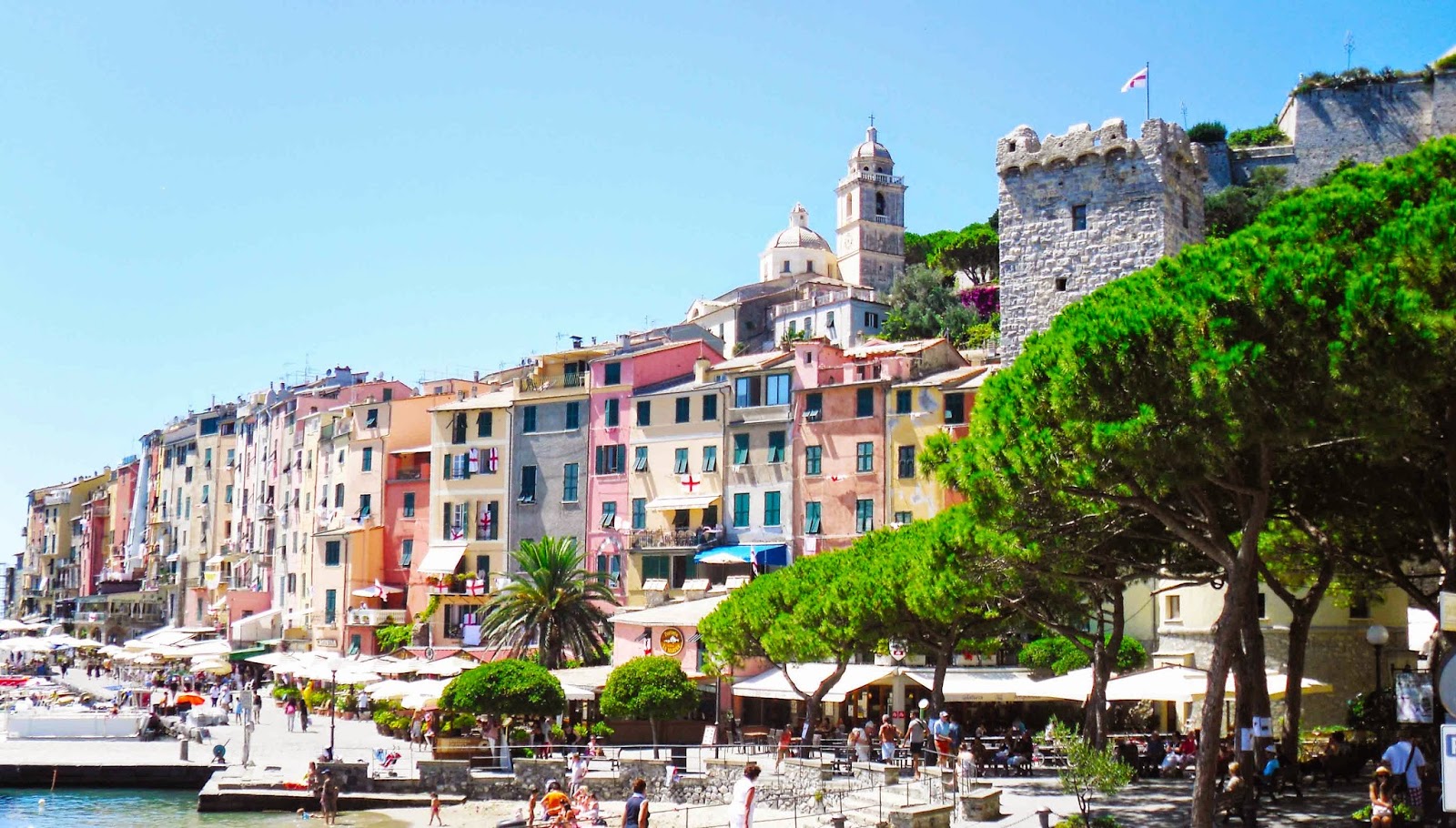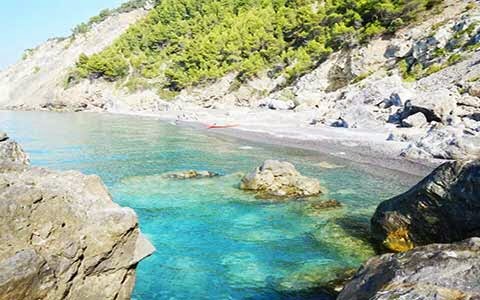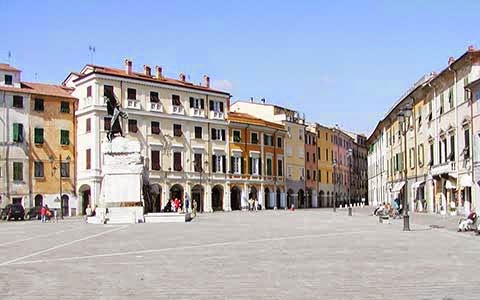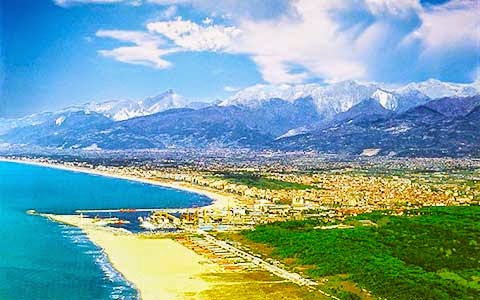We are in Fiumaretta, province of La Spezia
Fiumaretta is surrounded on the east by the Alps, which are white with the famous marble of Carrara, and on the west by the promontory of the Caprione, the renowned suburb upon which the famous village of Montemarcello stands.
In the hinterland of Fiumaretta, the well-known hilly reliefs that mark the beginning of the old land of Lunigiana. In the area around, both cities of Sarzana and Luni. The latter boasts the presence of some rests of a roman amphitheater. Fiumaretta’s strategic position allows its guests to easily reach the Cinque Terre as well as Tuscany’s outstanding artistic cities, to give a bunch of examples: Pisa, Lucca and Florence. For those who seek amusement, the Versilia.
Close to the structure, some bathing beaches and the delightful promenade where you can enjoy yourself and buy a drink or dinner in one of the various restaurants that overlook the mouth of the river Magra. On the contrary, those who are on the lookout for some aquatic sports have at their disposal a well-known driving center and a sailing club.
